Snow leopards, often referred to as “ghosts of the mountains,” are majestic big cats native to the mountain ranges of Central and South Asia. Renowned for their elusive nature and stunning appearance, these leopards play a crucial role in maintaining the health of their ecosystems. Understanding their ecological importance and the challenges they face is vital for conservation efforts.
Physical Characteristics of Snow Leopards
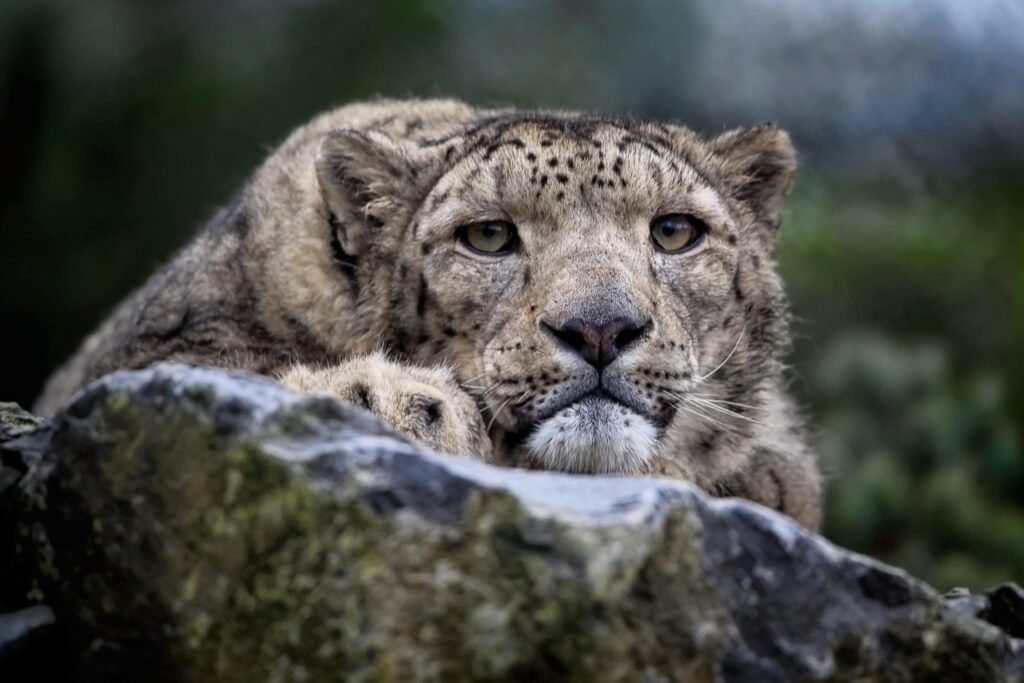
Snow leopards are uniquely adapted to their cold environments. Their thick, smoky-gray fur with black rosettes provides camouflage against rocky terrains. These felines have powerful hind limbs, which allow them to leap up to six times the length of their body, essential for navigating the steep, treacherous landscapes they inhabit.
Habitat and Range
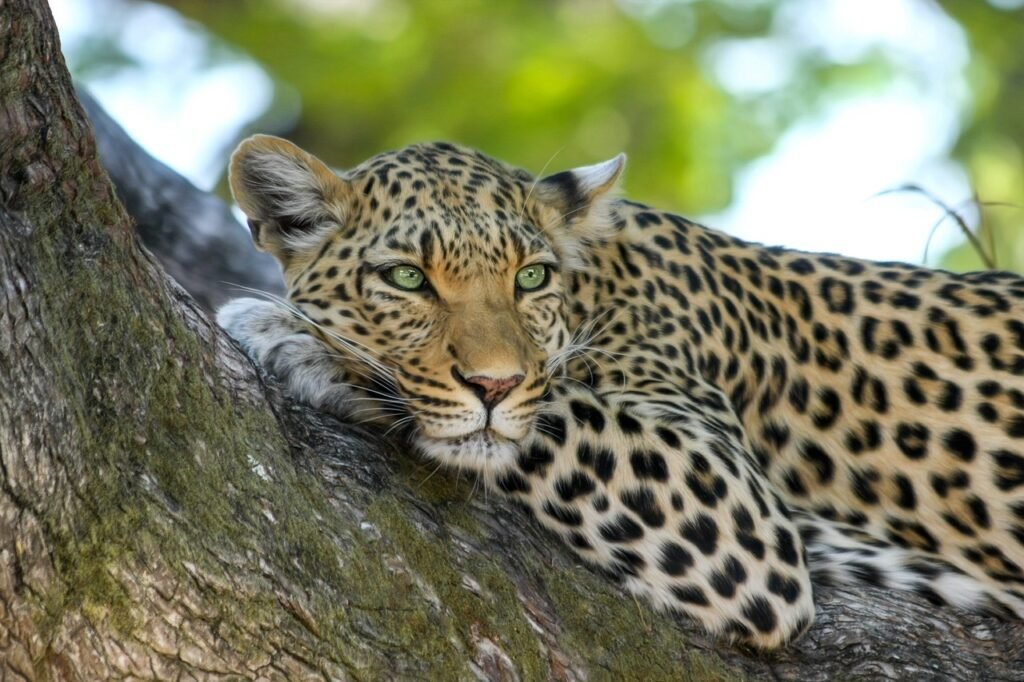
These big cats are typically found in the alpine and subalpine zones at elevations ranging from 3,000 to 5,500 meters. Countries such as India, China, Mongolia, Nepal, Bhutan, and Pakistan host these leopards across their mountain ranges. The harsh and remote environments make studying them quite challenging, contributing to their mystical reputation.
Role as Apex Predators
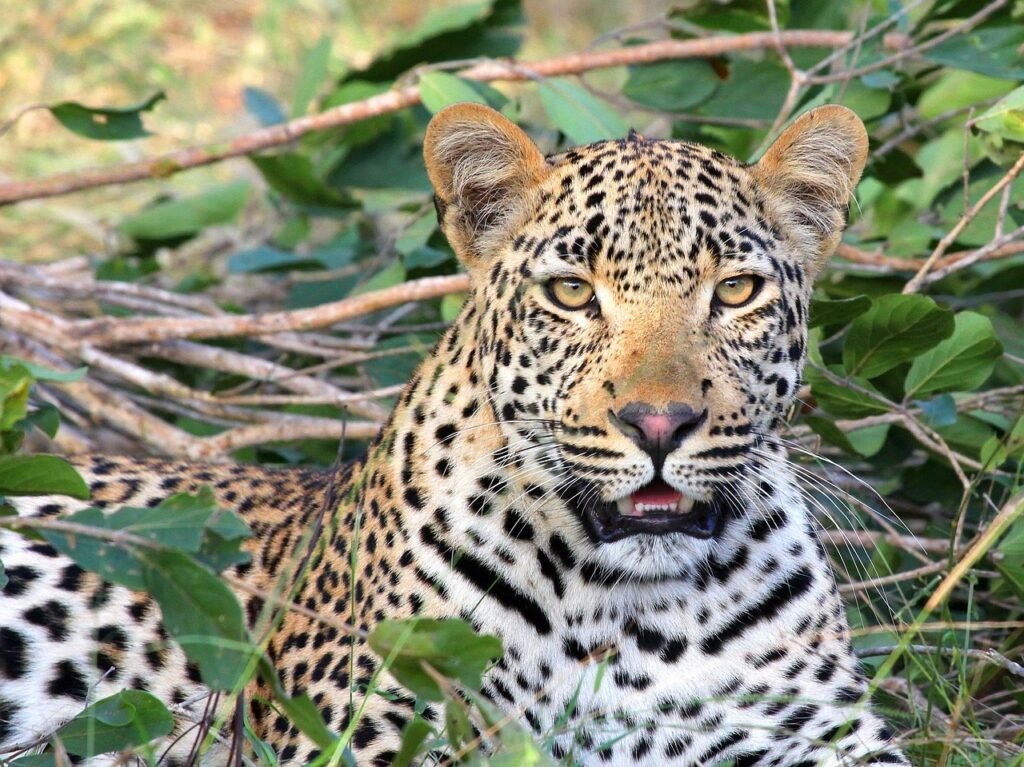
As apex predators, snow leopards are pivotal in maintaining the ecological balance within their habitats. They primarily prey on herbivores such as blue sheep, argali sheep, and ibex. By controlling herbivore populations, snow leopards help to prevent overgrazing, which ensures plant diversity and stability in the ecosystem.
Impact on Biodiversity
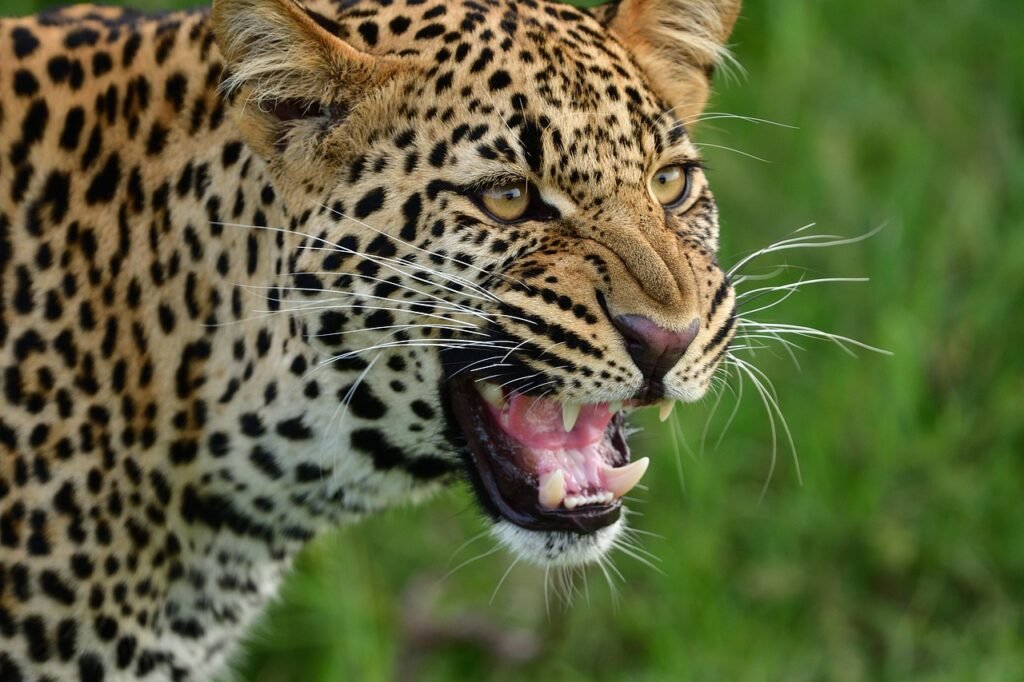
The presence of a healthy snow leopard population is an indicator of a thriving ecosystem. Their predation helps maintain a balance in the species population dynamics, promoting biodiversity. This balance indirectly supports various plant and animal species, ultimately contributing to the overall health of the mountain ecosystem.
Interconnectedness with Local Communities
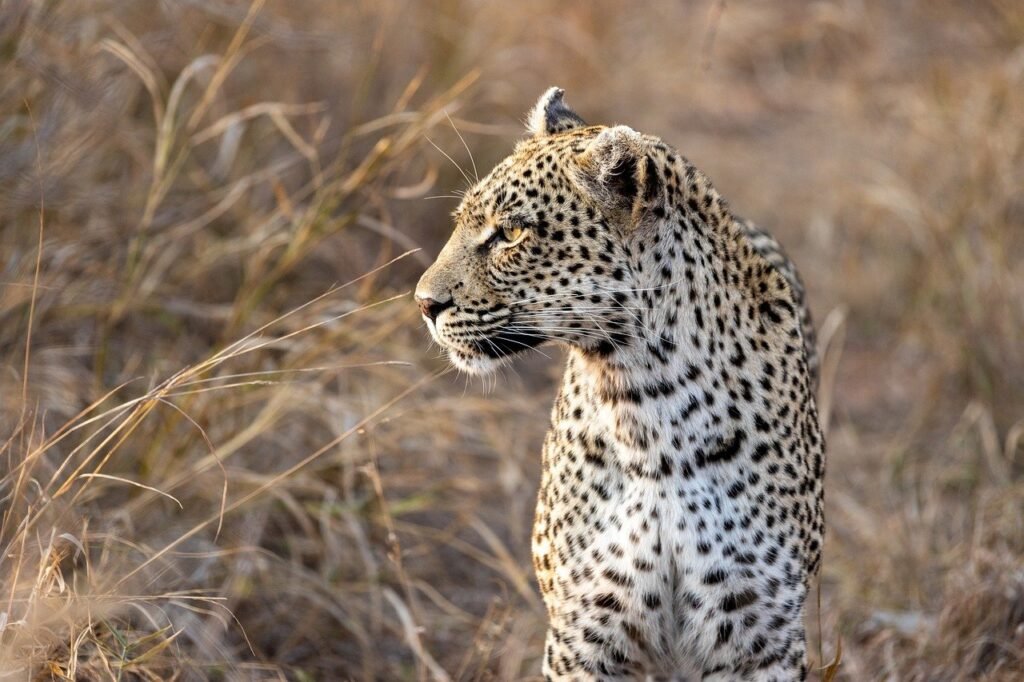
For centuries, snow leopards have coexisted with local human communities. They are part of the cultural heritage and folklore of many indigenous peoples. However, this connection poses challenges, as snow leopards sometimes prey on livestock, leading to human-wildlife conflicts. Efforts are underway to mitigate these tensions through community-based conservation initiatives.
Challenges Facing Snow Leopards
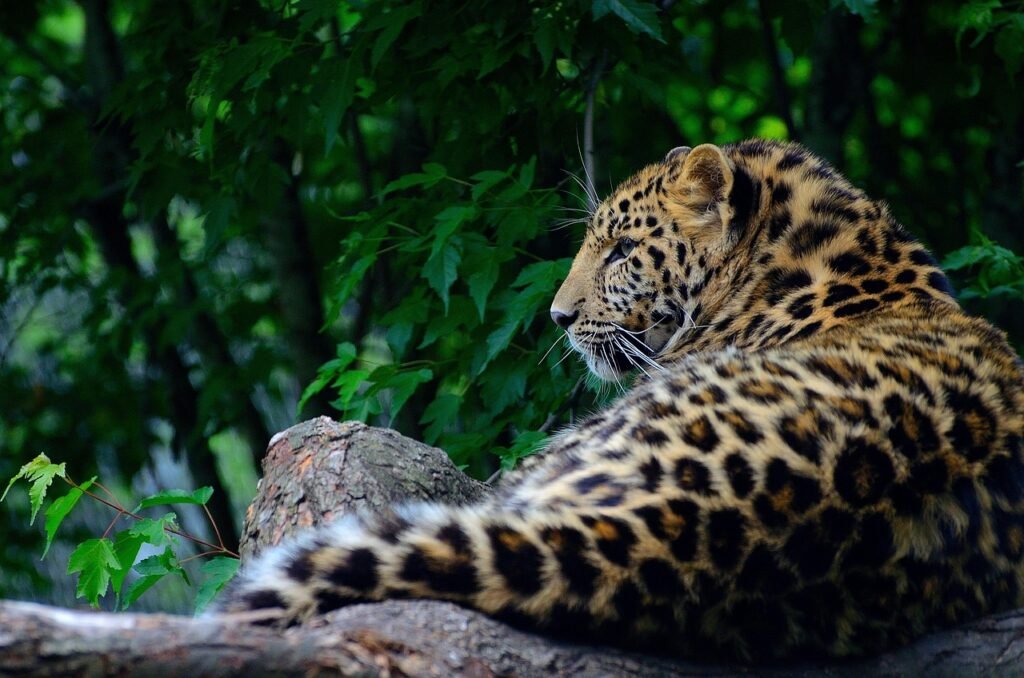
Despite their ecological importance, snow leopards face numerous threats. Habitat fragmentation, poaching for fur and bones, and climate change are primary concerns. As temperatures rise, the delicate balance of these ecosystems is disrupted, threatening both prey and predator populations. Conservation efforts are critical to secure their future.
Conservation Efforts
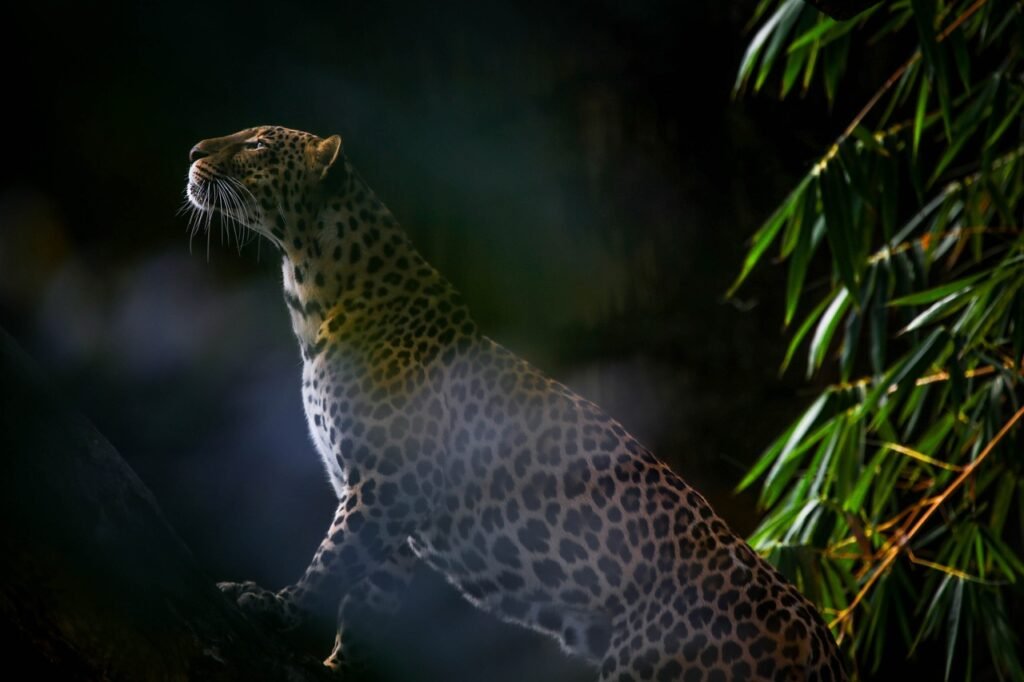
International and local conservation efforts focus on habitat preservation, anti-poaching measures, and community engagement. Organizations like the Snow Leopard Trust work globally to protect these big cats by promoting sustainable livelihoods and educational programs among mountain communities. Research and partnerships aim to secure a future where snow leopards and humans can coexist.
Scientific Research and Monitoring
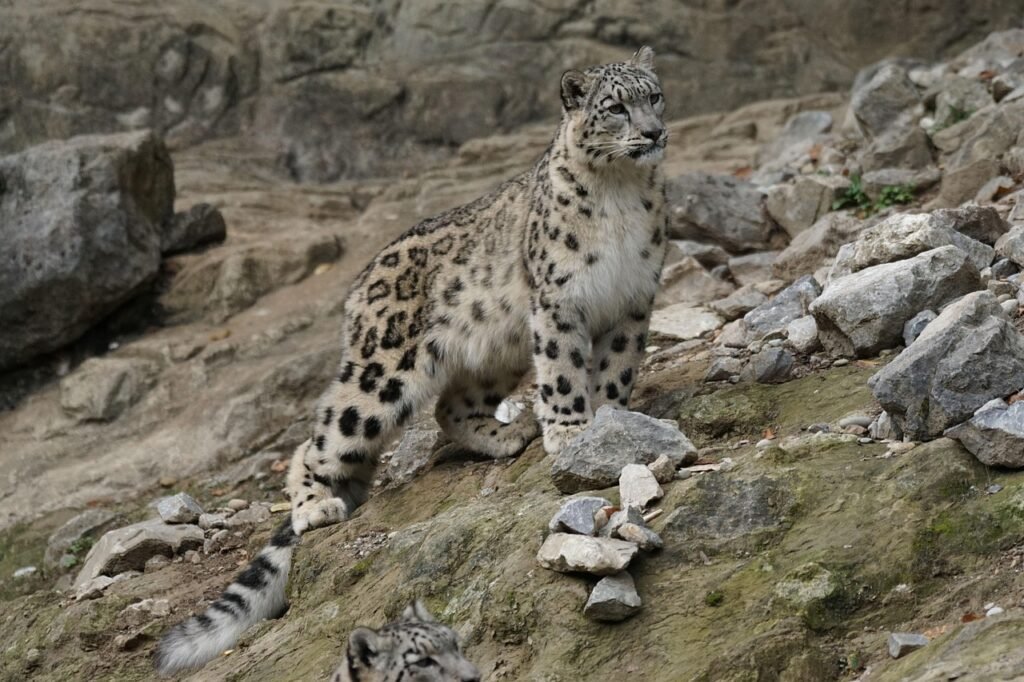
Scientific research on snow leopards has been enhanced by tools such as camera traps and satellite collars, which provide valuable data on leopard behavior, territory, and population dynamics. These technologies aid in developing effective conservation strategies and understanding the species’ needs in a rapidly changing world.
The Future of Snow Leopards
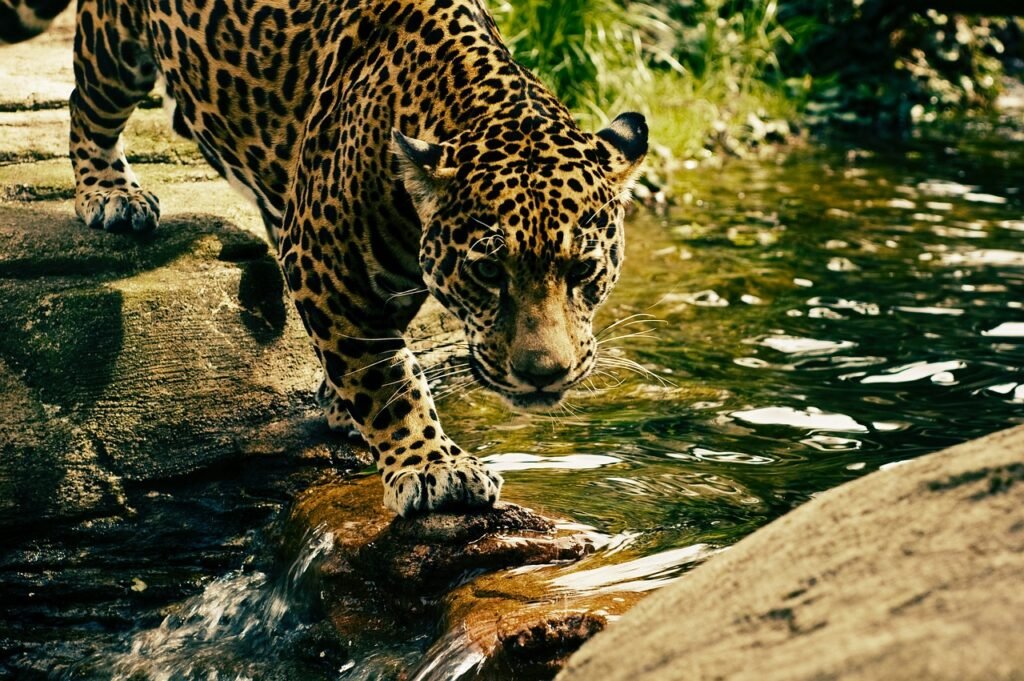
The path to ensuring the survival of snow leopards is fraught with challenges, yet filled with opportunities. Continued international cooperation and innovation in conservation strategies are essential. Protecting snow leopards equates to safeguarding a vast array of life in some of the world’s most beautiful, yet rugged landscapes, ensuring these ecosystems continue to thrive for generations to come.
Conclusion
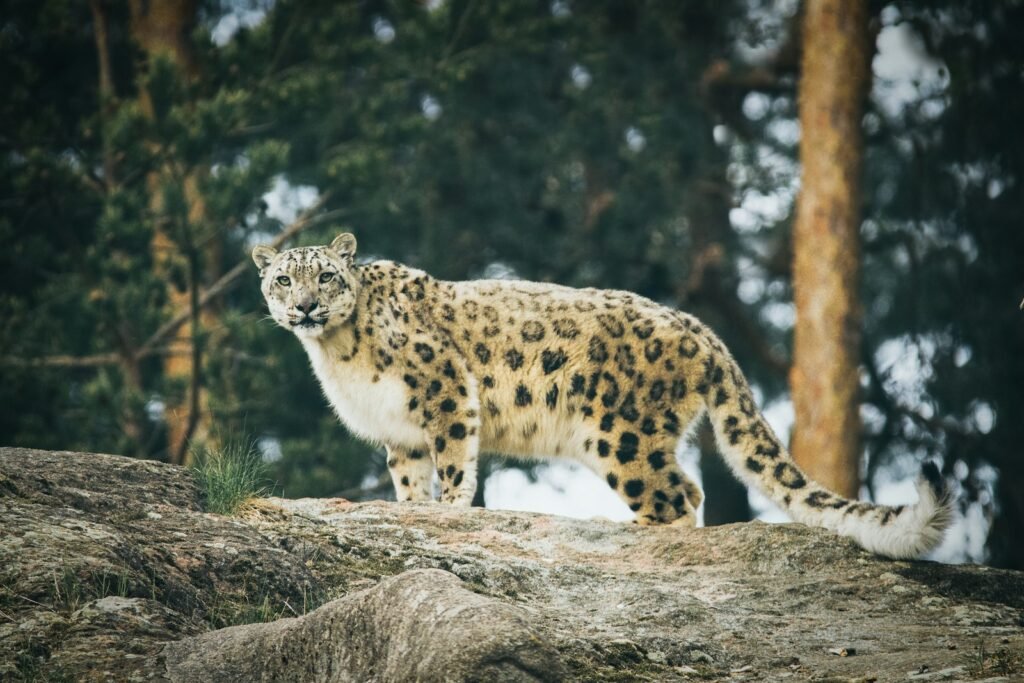
Snow leopards are more than just enigmatic creatures; they are vital components of mountain ecosystems. Understanding and supporting their role as apex predators, as well as addressing the threats they face, are crucial in preserving the delicate balance of their natural habitats. By investing in their future, we also invest in the health of the planet’s vital alpine landscapes.
Hi, I’m Bola, a passionate writer and creative strategist with a knack for crafting compelling content that educates, inspires, and connects. Over the years, I’ve honed my skills across various writing fields, including content creation, copywriting, online course development, and video scriptwriting.
When I’m not at my desk, you’ll find me exploring new ideas, reading books, or brainstorming creative ways to solve challenges. I believe that words have the power to transform, and I’m here to help you leverage that power for success.
Thanks for stopping by, Keep coming to this website to checkout new articles form me. You’d always love it!






